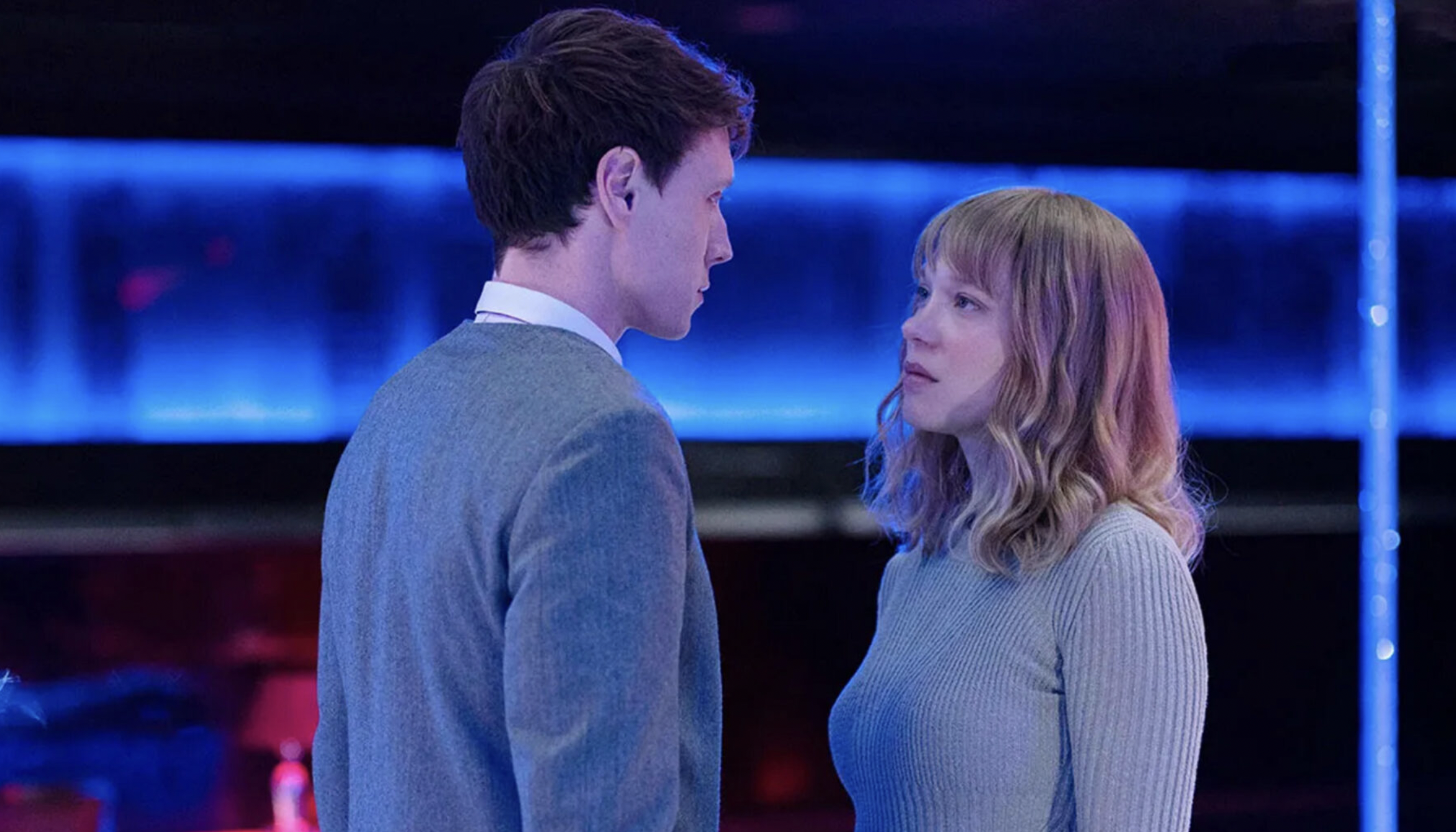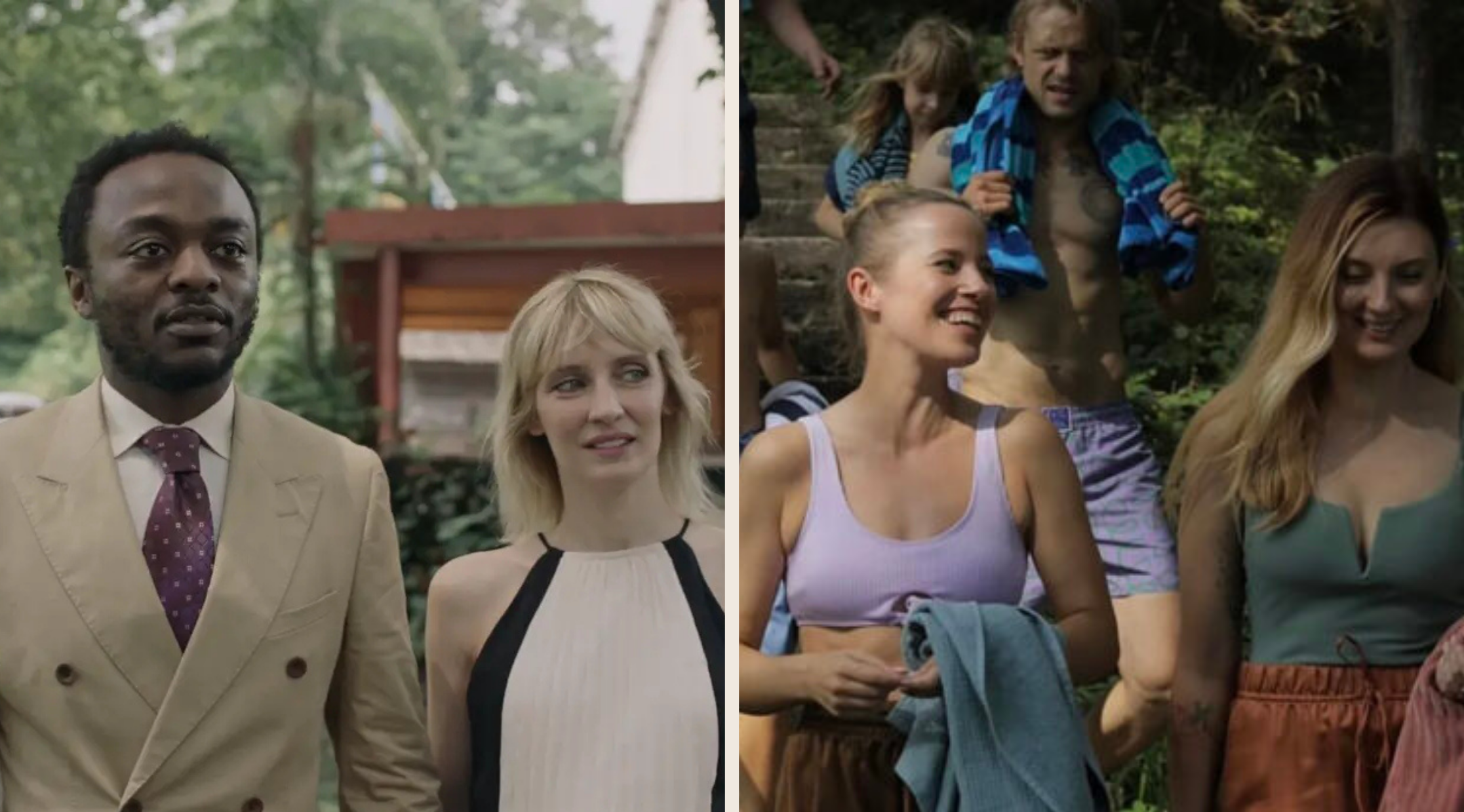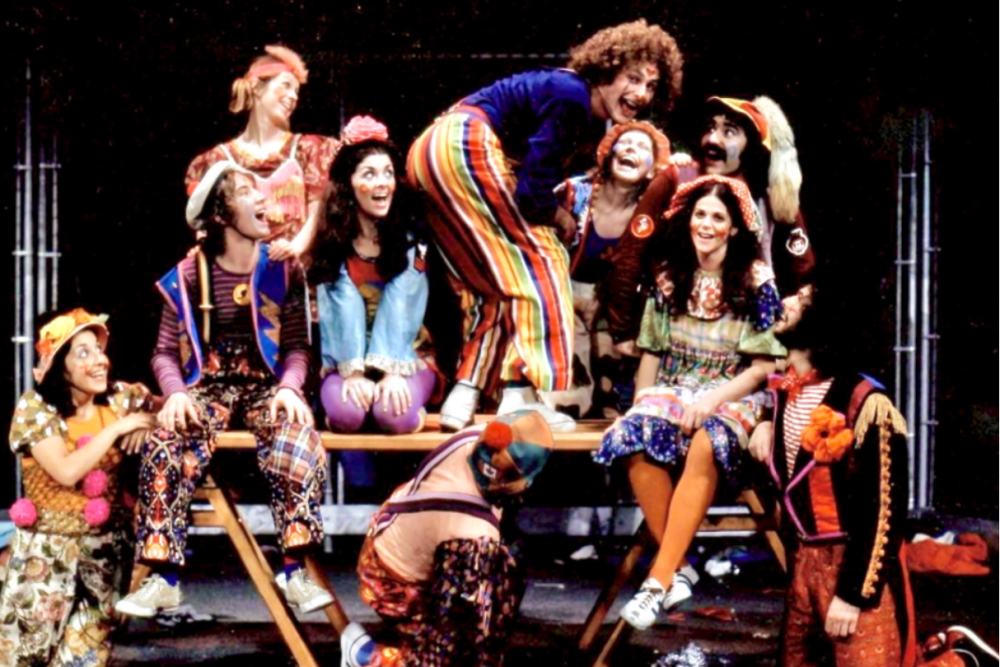Film review: Poetic menace and fated souls in Bertrand Bonello’s Coma and The Beast
French filmmaker probes themes of free will, psychopathy, and perversity in his two most recent works at The Cinematheque
George MacKay and Léa Seydoux in Bertrand Bonello’s La Bête.
The Beast (La bête) runs April 19 to May 1 as part of The Cinematheque’s Bertrand Bonello x 2 series
ONE OF THE BEST films of 2016, Bertrand Bonello’s Nocturama brought an intriguingly flat affect to its tale of youthful terrorists attacking Paris for reasons the film refused to explain. Instead of motivation, we got an enigmatic postmodern techno-thriller built on vibes and powered by the nihilism pervading western lives at the time. Zombi Child followed in 2019, but Coma and La Bête (aka The Beast)—paired in the Bertrand Bonello x 2 series coming to the Cinematheque on Friday (April 19)—both emerged after a sweeping mood shift.
Written and filmed inside Bonello’s own home during COVID, Coma is explicitly set in the aftermath of a health event that has put the world into lockdown, with lethal outside conditions, at least according to the film’s spooky YouTuber Patrica Coma (Julia Faure). Stuck inside her bedroom, an unnamed teenager, played by Zombi Child’s Louise Labèque, watches the social media influencer intently—when she isn’t otherwise imagining her dolls in a sex-fuelled psychodrama (animated and voiced by Laetitia Casta and the late Gaspard Ulliel, who died during production) or obsessively playing with a toy called the Revelator. Marketed by the YouTuber, the effect of the electronic memory game is to reveal that humans have no free will. Except, our teen heroine later learns, when they’re inside a dark haunted forest called Limbo.
Coma, then, is an artist’s response to the moment, dedicated to Bonello's teenage daughter and landing as an unkempt catalogue of the emotional gremlins that infested the middle-class during lockdown. It’s fun and pretentious, with the undertone of poetic menace that the French filmmaker revels in. In one scene, a gang of adolescent girls rate serial killers like pop-stars, discussing over Zoom the relative merits of Edmund Kemper and Ted Bundy. It gives the film one of its darkest punchlines, but that specific kind of perversity—a schoolgirl describing Bundy as “hot”—feels like a no-risk kind of bad taste two years later. It’s already from a different time. Being devoutly apolitical, outside of a too-easy Trump joke, Coma exhibits little insight into or curiosity about the conditions under which it was created.
If Coma allowed the filmmaker to let loose and experiment, La Bête expands its formal invention into an epic vehicle for Léa Seydoux (who’s fantastic), cross-hatching the story of two souls fated to connect across three lifetimes stretching over more than a century. It begins with a strange encounter in 1910 Paris and ends in the seemingly poisoned and depopulated world of 2044. In between, Seydoux’s character Gabrielle and her mysterious counterpart Louis (British actor George MacKay) inhabit 2014 Los Angeles, where much of the film’s tension and horror is generated from inside the city’s frigid displays of wealth.
Here, the film borrows from the zeitgeist and a specific kind of demon that emerged from the Dark Web, but the larger arc, like a nightmare Cloud Atlas, is concerned with vastly bigger metaphysics and the question of free will raised in Coma. Gabrielle is repeatedly haunted and emotionally crippled by an impending catastrophe that somehow involves the mysterious Louis, and by 2044 the technology exists to theoretically make some sense of the persistent premonition or maybe cleanse past-life memory. In the previous film, Patricia Coma explicitly warned against being trapped inside another person’s dream. In La Bête, it appears that a universe of infinite possibilities will inevitably collapse into the same shared nightmare. There’s no way out for these two.
That catastrophe is conjured to grand effect in the stately Belle Époque sequences, which are beautifully realized and offer the most haunting of Bonello’s images. In contrast the sterile future is depicted with effective simplicity while the 2014 sequences, in an attempt to redeem a monster, are the likeliest to goad the viewer. (And include a small role for Red Scare podcaster Dasha Nesrakova, who’s a professional lightning rod.) There’s a lot going on here in terms of brain food, and it’s encouraging that movies like La Bête are still being made and are still this enjoyable. But the cultural weather has changed sufficiently since Nocturama that both films feel like an accumulation of provocative gestures more than anything genuinely challenging. Lots to admire and talk about, maybe even argue over, but rest assured: no safe spaces will be violated and no really hard questions asked. ![]()













